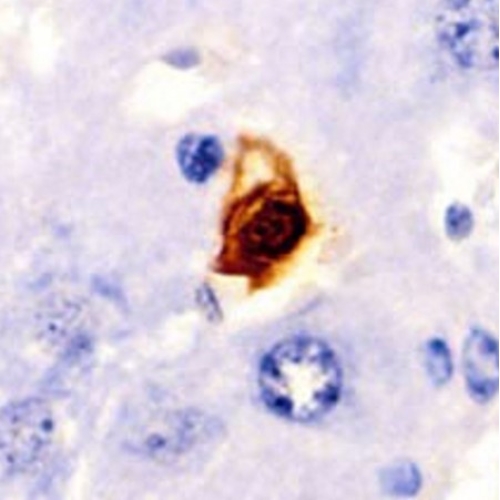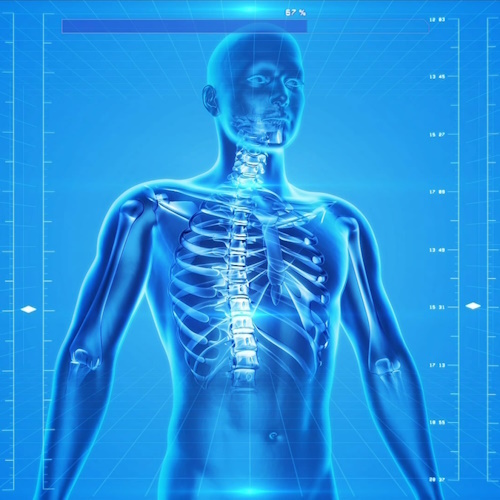Key points from article :
A new method using artificial intelligence has discovered three chemicals that can target senescent cells linked to age-related diseases.
The AI method is significantly cheaper than standard screening techniques, offering an economical alternative.
These newly found drugs can safely eliminate senescent cells, associated with conditions like cancer, Alzheimer’s disease, and declines in mobility and eyesight.
Prior to this, only a limited number of chemicals could safely target senescent cells without adverse effects on healthy cells.
The team, led by researchers from Edinburgh, developed a machine learning model that can recognize chemicals with senolytic activity, using data from 2,500 chemical structures from prior studies.
Using the model, the team screened over 4,000 chemicals and identified 21 potential drug candidates, out of which three were successful in lab tests.
The successful chemicals - ginkgetin, periplocin, and oleandrin - are natural products found in traditional herbal medicines. Oleandrin outperformed the best known senolytic drug in effectiveness.
The project was a collaborative effort of data scientists, chemists, and biologists, using only published data for model training, potentially opening new opportunities for this technology's application.
Research by University of Edinburgh published in Nature Communications.







